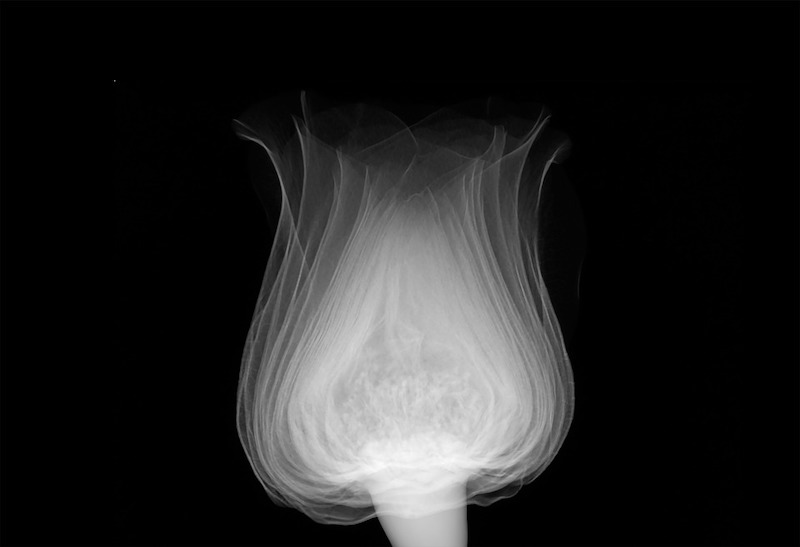Medically Unexplained Symptoms (3/4): Our Body and Mind Are One
-
-
Helen Payne
NHS treatments for medically unexplained symptoms tend to focus on either the physical or the psychological aspect. This has led Professor Helen Payne, one of the leaders in embodied psychotherapy, to devise the BodyMind Approach, which uses creative expression to help people listen to their body’s signals and self-manage symptoms. In the third of four blogs, she explores the complex relationship between mind and body.

Our bodies and minds are profoundly interrelated, and it is this that is the basis of The BodyMind Approach® (TBMA). Neuroscience research shows thoughts are overseen by emotions, which are grounded in our bodies. In Descartes’ Error, Antonio Damasio demonstrated cognition is not a process happening solely in the brain but requires the environment of the body. Emotion needs reason and vice versa, so gut feelings (or somatic markers) are important to notice. Somatic markers record emotional reactions to situations. The brain stores the association between the bodily state and the emotional reaction. It is this association, which is the somatic marker, that constitutes the range of emotional learning gained through life and used in daily decision-making.
So, by learning to explore the emotional content of our physical symptoms, and understand their purpose, we are more likely to be able to self-manage them.
Relational body psychotherapist Nick Totton claims embodiment is both a state and a process. It is the personal sense of the lived body as a unified whole, comprising the physical body (body-as-object) and the personal, and predominantly pre-reflectively lived body (body-as-subject. Emotional distress such as fear, anxiety or depression separates us from others. Mental health services explain we are unwell in our minds, but it is seen as distinct from physical symptoms in our bodies i.e. our physical health. Medically unexplained symptoms (MUS) such as irritable bowel syndrome, ME, fibromyalgia, chronic pain, are understood either as mental health conditions where the treatment is cognitive behaviour therapy, or as us being unwell in our bodies. It is one or the other: there is a mental and physical healthcare system, without connection between the two.
The complex connection between body and mind
However, ground-breaking research demonstrates that there is a complex inter-connectedness between brain and body (the mental and the physical). Brain is body, but brain is not solely mind. Mental can be viewed as the mind but there remains a split between body and mind, based on Cartesian philosophy, which is unhelpful. The brain is entwined with the whole body through the nervous system via the spinal cord, including all the systems, organs, musculature, liquids and chemicals constantly influencing the brain.
As you read this, new pathways in your brain are forming. Your whole being is ever-changing. Human beings are dynamically predisposed to all influences. We become hyper-aroused or hypo-aroused, rigid in body and mentally, shut down and/or numb. Alternatively, we may be in chaos with many symptoms and/or with chaotic mental functioning. Our mental and physical functioning take place in an environment between ourselves and others.
When balanced in body and mind, we can feel at peace and connected with ourselves and others. Learning to listen to our bodies, to the signals (termed ‘symptoms’) such as pain or other chronic medically unexplained physical symptoms, can help us to regulate. Medically unexplainable bodily symptoms can be an opportunity to become more embodied, acting as a gateway to the self-management of these conditions through learning how body and mind are connected/are one of the same. Exploratory practices such as The BodyMind Approach® (TBMA) employ the sensory experience of the symptom, as felt in the body, to support feelings of wellbeing and resilience.